Greetings, mighty managers and trailblazers of the corporate realm! As we stand at the threshold of a brand-new year, it’s time to embark on a resolution revolution that’s tailored to your dynamic roles. So, take a deep breath, pause those overflowing inboxes, and let’s talk about a refreshingly innovative approach to New Year’s resolutions – one that’s all about downsizing for maximum impact.
In a world where bigger often seems better, we’re here to challenge the status quo and guide you through the art of downsizing your resolutions. Think of it as decluttering your professional ambitions, trimming away the unnecessary, and focusing on what truly matters. Just imagine the satisfaction of achieving meaningful milestones that send ripples of success throughout your entire organization.
Whether you’re steering a team through the corporate jungle, fine-tuning strategies that ripple across boardrooms, or sculpting the future of your company, this blog is your compass. We’ll delve into the power of concise yet potent resolutions that align with your managerial prowess.
12 New Year’s Resolutions for Managers in 2023
In an increasingly complex and fast-paced world, simplicity can be the key to a more fulfilled and contented life. That’s where the concept of downsizing comes into play. Downsizing isn’t just about decluttering or moving to a smaller residence, it’s a holistic approach to reducing excess in various aspects of life.
As we embrace the new year, it’s a perfect time to set goals that help us lead a simpler, more meaningful life. Here are awesome downsize years resolutions that aim to help you shed the unnecessary weight – be it physical possessions, relationships, or mental clutter, and embrace a lighter, more purposeful existence.
1. Try Embracing Felxibility This New Year
A Gartner report predicted that by the end of 2021, 51% of global knowledge workers would be working remotely. With many of us attending work calls from the comfort of our homes, it is evident that remote work will continue to be the norm for some time.
As we adapt to this new way of working, one crucial lesson stands out: the importance of embracing flexibility in work management.
Maximizing Productivity and Well-being
Flexibility grants us the opportunity to achieve more in our day, both professionally and personally. However, it can also impact our performance if not managed effectively. Balancing work and home responsibilities is still a challenge for many remote workers.
Fostering a Healthy Culture of Flexibility
To harness the true power of flexibility, it is essential to encourage your team members to embrace it wholeheartedly and responsibly. This involves fostering close collaboration within the team and accommodating different flexible schedules, whether it be remote work, in-office work, or workstations.
Clear communication of expectations and ensuring the well-being of team members are crucial aspects of this approach.
Embrace Flexibility and Unleash Productivity
By committing to a flexible work environment, you can liberate yourself and your team from the constraints of traditional productivity models. Embracing flexibility not only enhances work-life balance but also paves the way for increased productivity and job satisfaction among remote teams.
2. Achieve Work-Life Balance for Your Team and Yearself
Recent research reaffirms the well-known fact that challenging work can boost employees’ organization-based self-esteem and bring meaning to their work. Accomplishing new tasks and overcoming challenges fosters a sense of value and motivates employees to strive for further accomplishments.

The Importance of Work Support
However, when faced with solely work challenges without adequate support, the positive effects can diminish. Managers play a crucial role in creating a balance by exposing their team members to challenging work that aligns with their talents while ensuring they have the necessary support to succeed.
Providing Constructive Feedback and Resources
Managers should resolve to support their employees by offering constructive feedback, providing resources to overcome challenges, and guiding them towards solutions. By offering support, managers empower their employees to flourish, ultimately leading to success in the workplace.
3. Appreciate Where Gratitude Is Due
Tony Schwartz, commenting on appreciation in the workplace, highlights a significant issue – the lack of fluency in expressing positive emotions at work. We are not accustomed to sharing appreciation, leading to underwhelming recognition despite its vital importance in the workplace.
A sincere acknowledgment of a job well done can uplift individuals and help them navigate other negative emotions at work.
Managerial Lessons in Appreciation
As a manager, there are valuable lessons to learn from this observation. Initiating a culture of pleasant appreciation begins with recognizing and highlighting the genuine strengths and positives in your team members.
While it may come naturally to find errors and faults, focusing on the brighter aspects of your team requires conscious effort.
Building Appreciation as a Managerial Skill
To foster appreciation, consider developing it as a charming part of your managerial skillset. Work on actively recognizing and acknowledging your employees’ achievements and contributions.
By expressing sincere appreciation, you can positively impact their morale and motivation.
4. Prioritize Self-Care for Overall Well-being
The visible effects of social distancing have made it evident that burnout is on the rise. Many of us have experienced a loss of motivation, endless screen time, and over-exhaustion at some point.
It is crucial to acknowledge these signs and take action to prioritize self-care for the sake of our physical and mental health in 2023.
Understanding Individualized Self-Care
Self-care looks different for each person. It may involve setting boundaries, such as strictly closing the laptop at 6 pm, or seeking regular therapy sessions. As managers facing excessive stress, it is essential to make self-care a priority in 2023.
Begin by identifying the specific type of care you need and explore ways to incorporate it into your routine. Often, we neglect to understand our own self-care needs, making it challenging to practice.
Finding the Care You Need
Discovering the self-care practices that resonate with you may involve exploring side hobbies, establishing a consistent gym routine, or seeking professional therapy. Take the time to identify and embark on your personal journey towards self-care.
5. Speak Only Where You Must
As managers, we are often relied upon to provide guidance and make difficult decisions. The phrase “talk to your manager” is commonly used to resolve employee issues.
However, this constant need for communication may inadvertently make us reactive instead of responsive. Embracing silence as a tool can enhance our managerial skills.

The Importance of Listening
Careful listening to our team members can significantly transform how we handle challenging situations. According to a survey by Towers Watson, employees’ perception of their manager’s concern for their well-being is the biggest driver of engagement.
If employees feel unheard or their concerns are not taken seriously, they may become disengaged.
Embracing Silence to Foster Engagement
To address this, consider taking a step back in meetings and creating a space for employees to speak up while you listen in silence. This approach can have a profound impact on building trust, encouraging open communication, and fostering a sense of belonging and engagement within your team.
6. Identify and Optimize Your Time
Research suggests that employees can lose up to 50 days a year on repetitive tasks, highlighting the significant impact of unproductive time. While complete productivity every moment is unrealistic, it is essential to investigate where unproductive time is being spent.
Reflecting on Personal Time Utilization
Instead of focusing on your co-workers’ time management, take the opportunity to reflect on your own habits and where your time is being wasted. With the arrival of a new year, it’s crucial to identify and address activities that hinder productivity, as time cannot be carried forward from the previous year.
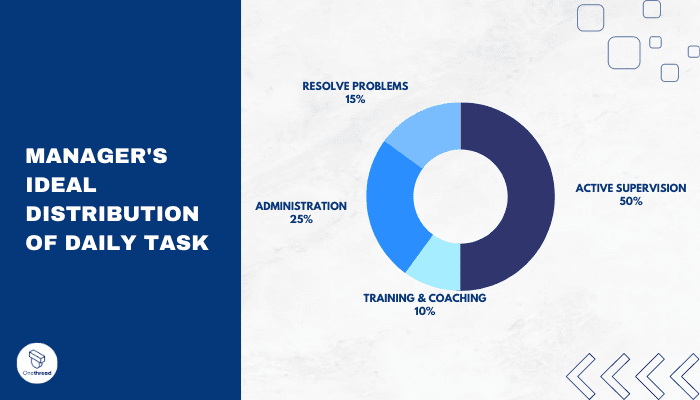
Taking Action to Optimize Time
Consider specific strategies to address time wastage. This may involve reducing smartphone usage during work hours, utilizing time-tracking software like Onethread, or exploring other avenues for improvement.
Use the first week of January to assess how you can better allocate your time, leading to increased productivity and personal growth throughout the coming months.
7. Start Cultivating Meaningful Work Experiences
As December brings about existential thoughts and reflections on life’s direction and personal fulfillment, it is an opportune time to examine how we find meaning in our work.
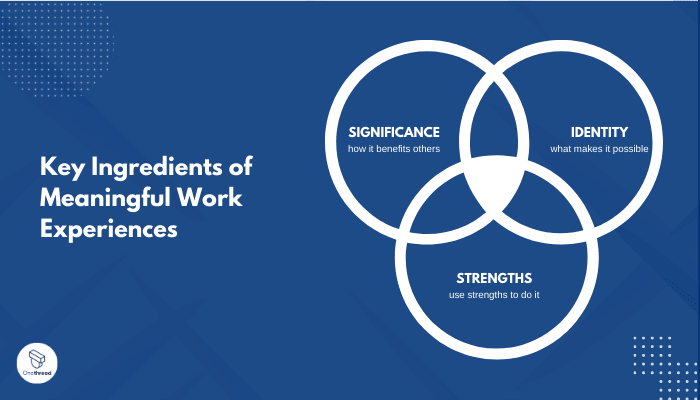
Investing in Meaning-Making
One of the most valuable resolutions to consider for the upcoming year is to invest in meaning-making. Take a moment to ask yourself, “What aspects of my work hold personal meaning for me?”
Identifying Sources of Meaning
Meaning-making at work can encompass various elements, such as leading with compassion, the social connections formed within a team, or the satisfaction derived from solving critical problems. It can also be found in seemingly trivial experiences, like meeting new people regularly.
Leveraging Meaning for Fulfillment
Understand what truly brings you a sense of meaning and purpose in your work, and explore ways to amplify and incorporate it further into your professional life.
Countless examples exist of individuals who, despite enduring dissatisfying careers, discovered true meaning and subsequently found motivation and contentment in what they do.
8. Invest in Virtual Skills for Future Success
While many of us have adapted to basic virtual meeting etiquette, there is still much to learn in the realm of remote work. Even as social distancing measures are lifted, it is clear that virtual work is here to stay.
McKinsey’s insights reveal organizations planning to continue remote work, downsize physical offices, and embrace flexible working arrangements.
The Role of Managers in the Virtual Era
With an increasing number of remote employees, managers must prioritize improving their virtual skills. This includes enhancing remote work management abilities, familiarizing oneself with digital tools for remote collaboration, and becoming proficient in conducting effective virtual meetings.
Continuous Learning for Career Advancement
Managers have become more accustomed to this new way of working, but ongoing development of virtual skills remains vital for both career growth and personal development.
Adapting to the virtual landscape requires consistent effort and a commitment to staying up to date with best practices and emerging technologies.
9. Lead by Example: The Art of Effective Leadership
Managers at the team level carry significant leadership responsibilities that directly impact their team’s effectiveness. However, some managers rely excessively on stating their beliefs and values without demonstrating them in action. Statements like, “I am being brutally honest because I believe in transparency,” can create resentment within the team.
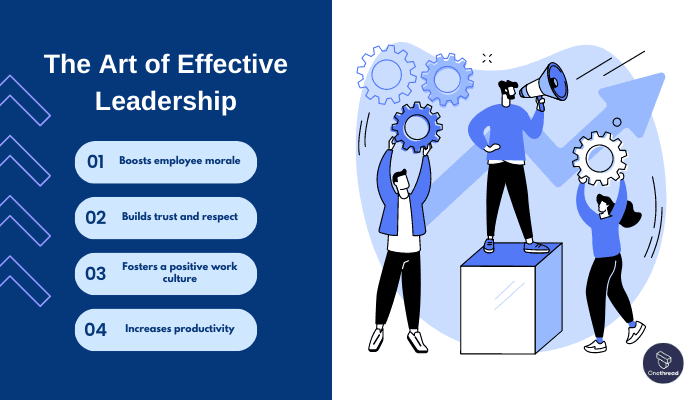
Leading Through Actions
An alternative approach is for managers to lead by example, allowing their actions to speak louder than words. It is widely recognized that team members are highly influenced by their leaders’ attitudes and work ethics.
When managers consistently exhibit punctuality, discipline, and a commitment to excellence in their work, it sets an unspoken benchmark for the team to aspire to.
Cultivating a Positive Influence
Leading by example fosters a positive work environment and encourages team members to emulate the manager’s behavior. Actions that align with stated values create a sense of trust, respect, and admiration within the team.
By practicing what they preach, managers can effectively inspire and motivate their team members to perform at their best.
10. Prioritize Quarterly Upskilling for Managerial Growth
Attaining a management position is a significant milestone, but the journey of learning and growth continues throughout one’s career. Recognizing this, one of the key New Year’s resolutions for managers is to engage in regular upskilling activities.
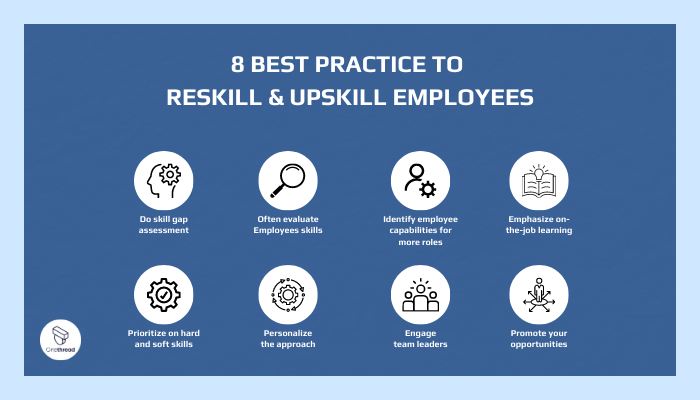
The Upskilling Trend in the Post-Pandemic Era
According to a survey by TalentLMS on upskilling and reskilling, approximately 42% of companies have intensified their employee upskilling initiatives since the onset of the pandemic. This reflects the increasing opportunities available for professional development.
Quarterly Upskilling Objectives
To make upskilling a tangible resolution, managers should aim to select at least one activity for each quarter. Upskilling training programs, such as project management courses or business communications certifications, typically span 3-4 months.
This allows managers to effectively balance their day-to-day responsibilities while actively pursuing their professional development.
11. Transform Resolutions into Actionable Plans
Setting goals is important, but without a clear plan, they remain mere aspirations. To truly achieve your objectives, it is crucial to create a well-defined plan that outlines the necessary steps.
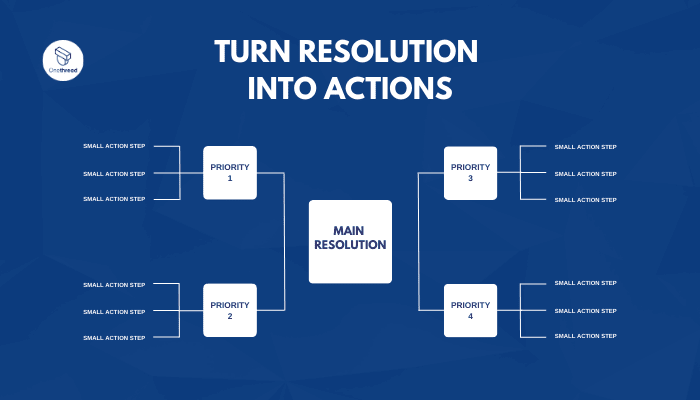
Dissecting Your Goals
Take the example of wanting to increase your income. Break down the goal into actionable steps. Identify if overtime opportunities exist or if a promotion is the target. Consider if acquiring new skills through education is necessary. By dissecting the goal, you can develop a roadmap that leads to success.
The Power of Detailed Planning
According to Charles Duhigg, author of “The Power of Habit,” detailed planning increases the likelihood of following through on goals. When steps are clearly defined, they become more actionable and achievable.
The Influence of Written Plans
A study published in the Proceedings of the National Academy of Sciences demonstrated the effectiveness of written plans. Employees who wrote down the date and time for getting a company flu shot were more likely to follow through compared to those who received reminders but did not create a written plan.
12. Set Achievable Goals for Success
To ensure the success of New Year’s resolutions, it is essential to steer clear of unrealistic and vague aspirations. Instead, focus on setting bite-sized goals that are both attainable and easily measurable. Vague resolutions, such as wanting to get healthier, lack specificity and can hinder motivation.
Whittling Down Expectations
When aiming to achieve a specific outcome, it is crucial to start with manageable steps. For example, if your goal is to get stronger but you haven’t exercised in years, don’t immediately commit to intense workouts at the gym three days a week for an hour.
Instead, start by going to the gym once a week for just half an hour or less. By gradually building consistency over a couple of months, you can then increase your gym visits to twice a week. Each small achievement serves as a stepping stone toward larger accomplishments.
Final Words
As you move forward on this downsize years resolutions journey, celebrate every small victory and progress made along the way. Each step forward is an achievement worth acknowledging. Embrace the process rather than solely focusing on the end result, as true fulfillment comes from enjoying every moment along the way.
By embracing these principles in your downsized New Year’s resolutions, you can create lasting change in your life while also finding joy and fulfillment in each day. So go forth with confidence, knowing that by prioritizing what truly matters to you and simplifying your approach, this year will be one of growth, happiness, and success.
Frequently Asked Questions
How Can I Effectively Prioritize My Goals And Values When Downsizing?
To effectively prioritize your goals and values, first reflect on what truly matters to you. Consider the impact each goal has on your life and align them with your core values. Then, rank them based on importance and focus your energy accordingly.
What Are Some Practical Tips For Simplifying My Life And Eliminating Unnecessary Stress?
To simplify your life and eliminate unnecessary stress, focus on prioritizing what truly matters to you, decluttering your physical and mental space, practicing self-care, setting realistic goals, and learning to let go of things that don’t serve you.
How Can I Incorporate Mindfulness And Gratitude Into My Downsizing Journey?
To incorporate mindfulness and gratitude into your downsizing journey, start by setting aside a few minutes each day to focus on the present moment. Express gratitude for the things you have, and let go of attachments to material possessions.
Are There Any Specific Self-Care Practices That Can Help Me Maintain Well-Being During The Downsizing Process?
To maintain well-being during the downsizing process, prioritize self-care practices. Take breaks to relax and recharge, practice mindfulness and gratitude daily, journal your thoughts and emotions, seek support from loved ones, and be kind to yourself throughout this journey.
Can You Provide Examples Of Small Victories And Progress That I Can Celebrate While Downsizing?
You can celebrate small victories while downsizing, such as organizing and decluttering one room at a time, donating or selling items you no longer need, and creating a minimalist living space that brings you joy.
